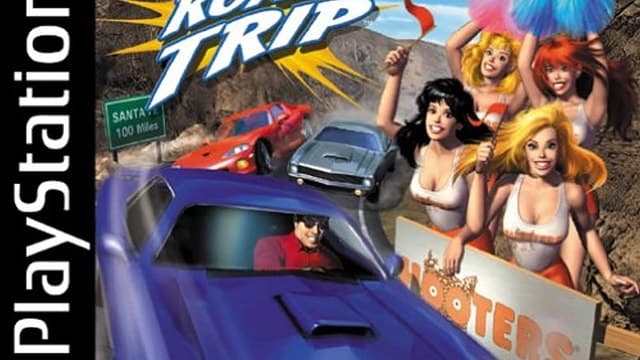1Comments
PUBLISHED
UPDATED
20 Years Later, eXistenZ is Still the Best Video Game Movie Ever Made
About the Author
Vrai Kaiser
Vrai Kaiser is a tired trans media critic who likes vampires, queer shit, and bad movies. Follow their freelance work on Twitter @writervrai or their study of trash media @trashpod.
Newest


